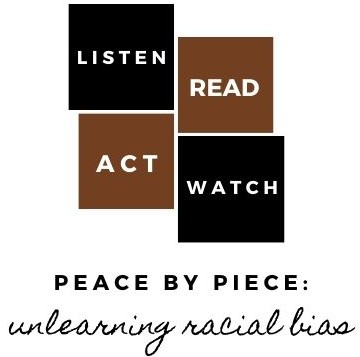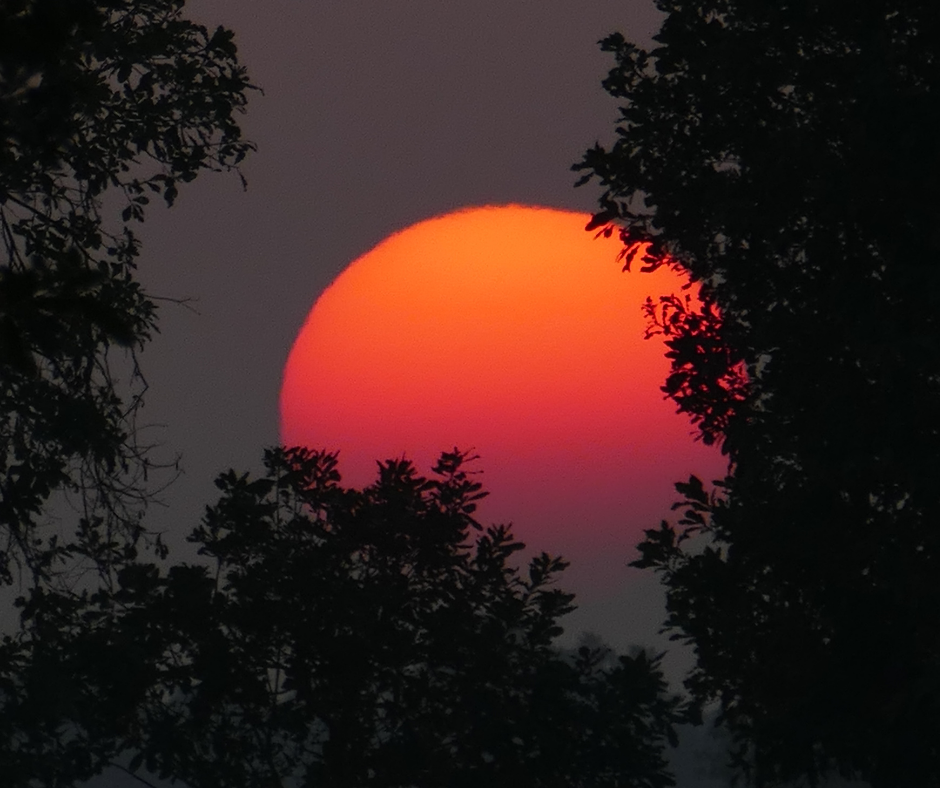This post is part of a year-long series. If my work is helpful for you, consider a contribution through Venmo to support this crucial work of unlearning racial bias.
When my husband and I were young college students who had just begun dating, I wrote a poem. One evening, I happened to be driving off campus just as the sun was beginning to set. To my giddy, romance-addled eyes, the wispy layers of clouds lining the horizon wore the shape and texture of cotton candy. Later that evening, I’d put pen to page, inking my butterflies and the gorgeous sky – and foreshadowing our short pre-engagement courtship.
Perhaps you’re like me in this regard, and when you think of sunsets, joy and peace and indescribable calm wash over you.
But …
Were I born just a few decades earlier, sunset would likely have held a decidedly different bouquet of emotions for me. For nonwhite people who lived during the first half of the twentieth century, a sun setting on the horizon could have signaled that it was no longer safe to be out-of-doors.
I cannot articulate a specific moment when I first became aware of green books or sundown towns. Rather, for as long as I can remember, I’ve lived with the awareness that in our nation’s past, there were places and times of day when Black people were unwelcome. This may be part of the reason why even though I live in a part of Texas that is decidedly country when compared to my Dallas upbringing, I cannot at all relate to the desire some people have to live isolated from neighbors, on large swaths of land with nothing but lightning bugs, chirping crickets, and woodsy wildlife for company. The sense of isolation that some of my white friends long for screams of danger and vulnerability to me. Sundown towns, after all, were often the sleepy, small-town, rural areas where if violence erupted after sunset, folks either didn’t hear your cries for help, or were too busy either cowering in fear for themselves or cheering on a mob to intervene and save your behind.
The first resource I recommend this week is Green Book: Guide To Freedom. This short Smithsonian documentary provides an examination of Black life in Jim Crow America. It gently peels away a whitewashed nostalgic facade to reveal an insidious underbelly of racist violence. I wish it were longer and more in-depth, but it provides a helpful starting point to grasp the realities of daily life that necessitated the Negro Motorists Green-Book. Once you’ve completed this brief primer, I recommend watching the dramatic adaptation of a real life story: Green Book. When the movie was released a few years ago and subsequently earned Oscar nominations, I heard rumbles of discontent from Black critics of its [bland, overwrought] exaltation of a problematic white savior. Then, after I viewed it for the first time a couple of weeks ago, I began to wonder about the real-life figures portrayed in the movie. Although I have not become an internet-research-based expert on the lives of Dr. Shirley and his driver Frank Vallelonga, I’ve read enough to state with confidence that the movie does not provide a full or accurate portrait of these men or their relationship. And even though any audience would be foolish to expect a flawless depiction of real life from a cinematic adaptation of a true story, it’s telling that this movie, with all its flaws, controversies, and tropes, still earned five Oscar nominations and three wins.
For such an incomplete story, with plot points that are at times harmful to the people whose experience it seeks to portray, to be rewarded in this way, leaves me wondering..
- When did you first learn about sundown towns?
- Have you ever assumed that race-related problems were not an issue in your hometown because such problems didn’t affect you personally? Because you didn’t know people of color and therefore weren’t aware of their experiences?
- Why does the trope of a white savior continue to appear so prominently in so many stories about Black Americans?
- How many of your favorite Black-centered stories have starred a white savior?
- Nick Martin says of Minden, Nevada, that “For … too many other non-Natives, the definition of ‘us’ is limited to the people they see and know—the people who look like them. The ability to empathize with the discriminatory, anti-Indigenous past is limited to bland statements of solidarity that dissipate the moment that anything in their lives must change in the slightest.” What are you willing to change about your life in order to empathize with marginalized peoples?
I hope you’ll stick with this hard work for the next nine posts as I wrap up this, the first series I’ve written on this blog. As you learn and grow in your knowledge, I hope your empathy and compassion deepens, and the pool of teachers from which you draw grows deeper, broader, and ever more diverse. I’ll see you here again next week, as we continue unlearning racial bias to build a more peaceful world, one piece at a time.


